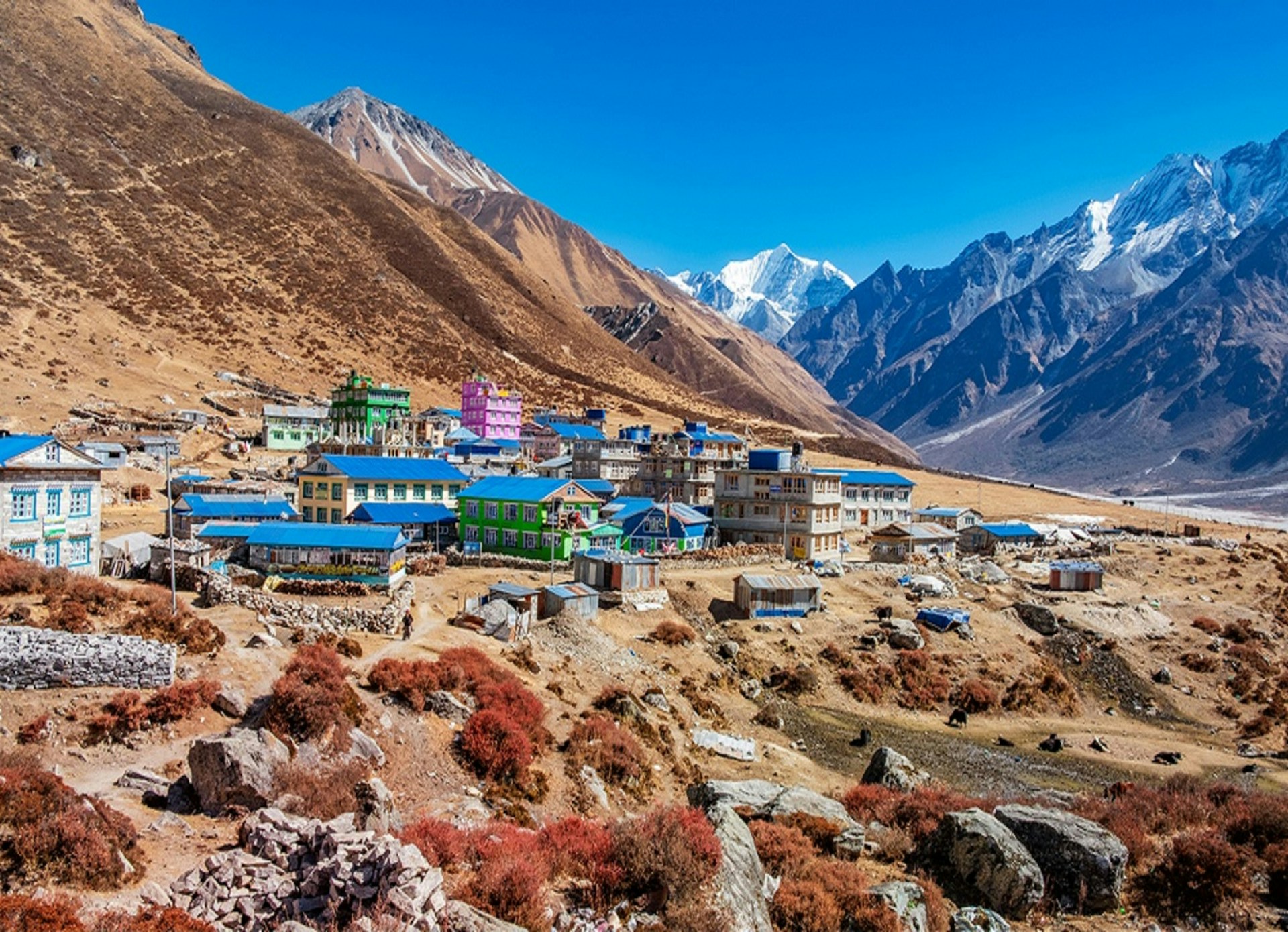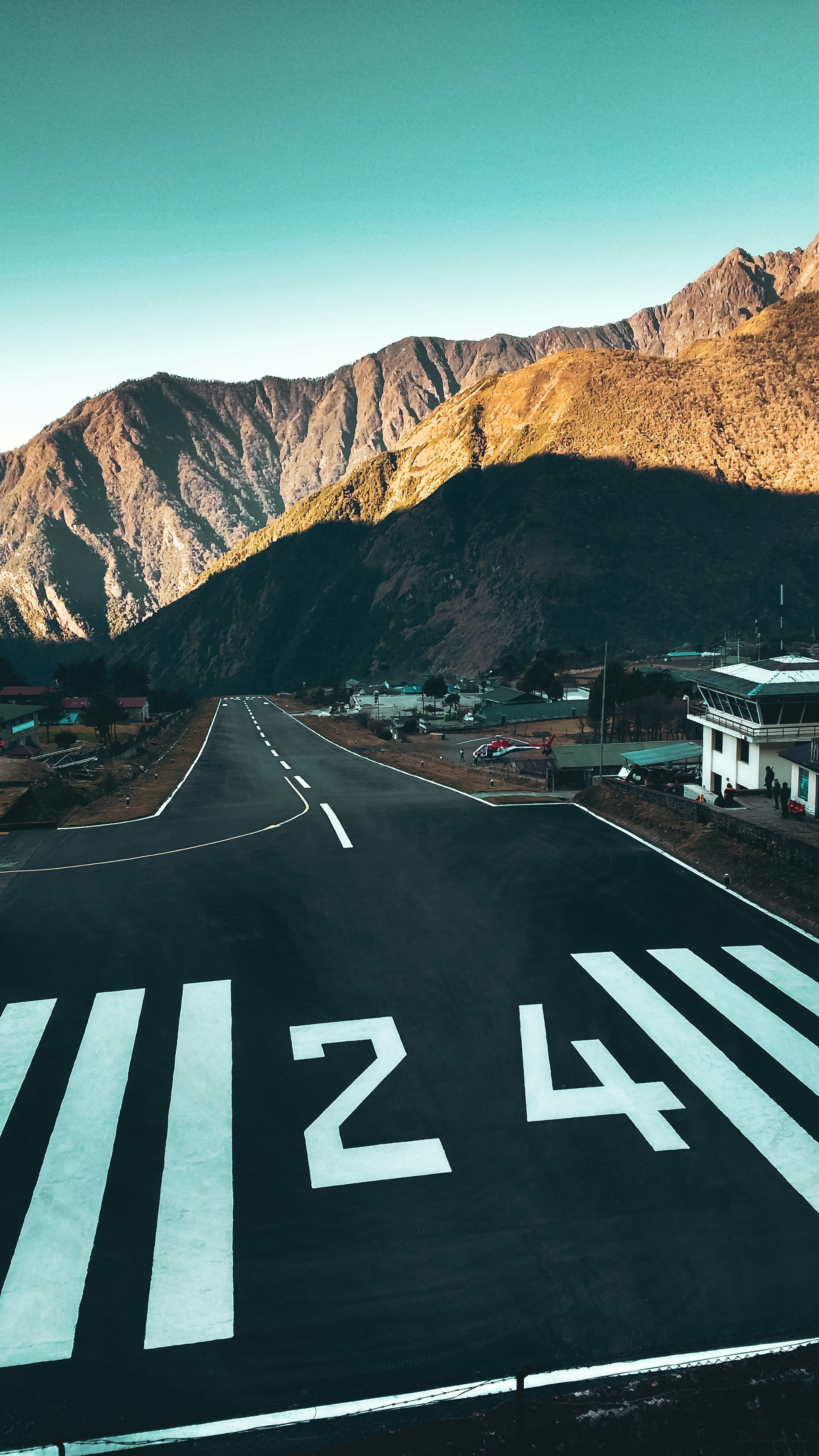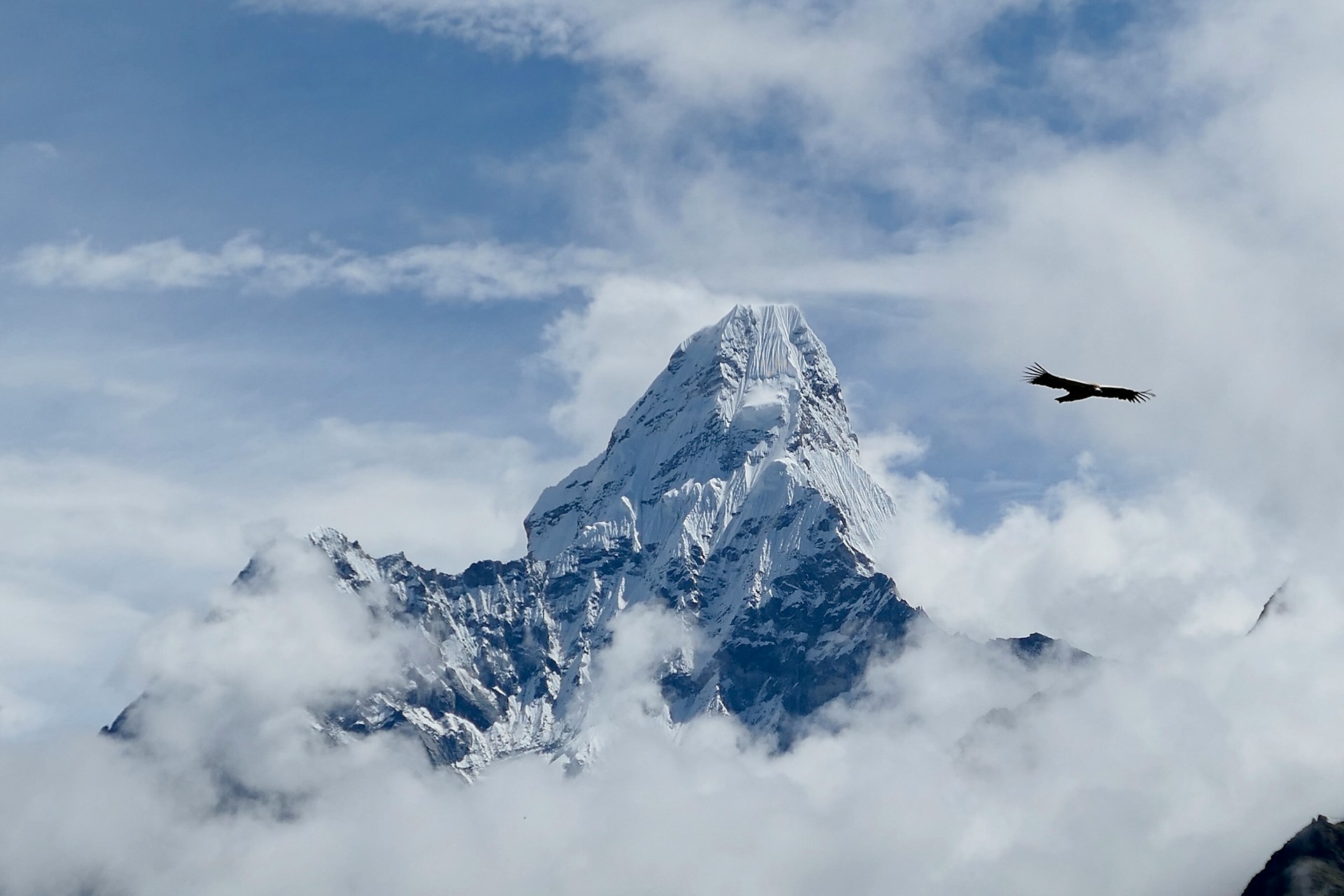Annapurna I: The Ultimate Climbing Challenge
Annapurna I, standing at 8,091 meters (26,545 feet) in Nepal, is one of the most technically challenging 8,000-meter peaks in the world. With highly demanding climbing routes, unpredictable weather, and a high fatality rate, it remains a true test of mountaineering skill. Climbers need to be well-versed in high-altitude technical climbing, navigating avalanche-prone slopes, and tackling steep ice and rock faces. Securing the right permits and planning for the best season - either spring (March-May) or autumn (September-November)—are essential for a safe and successful ascent. This Annapurna I climbing guide covers routes, permits, challenges, and everything you need to know before attempting this legendary Himalayan peak.
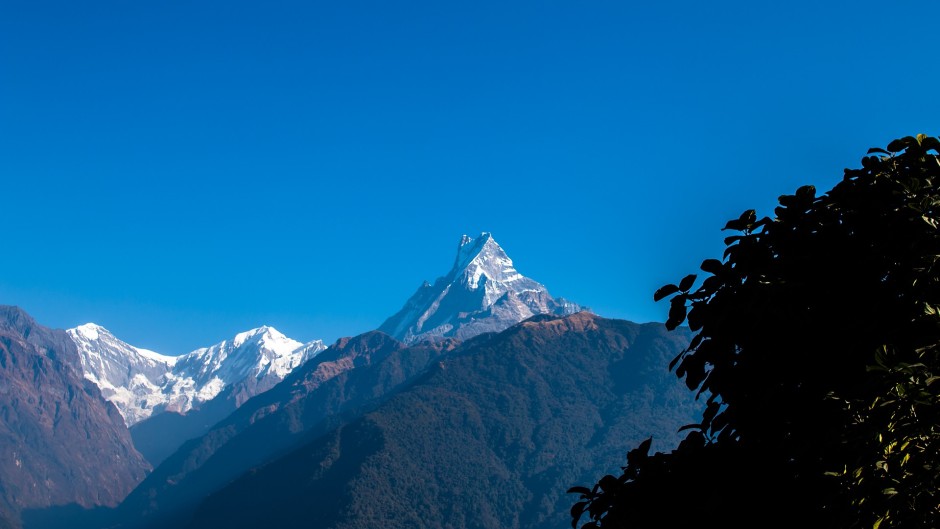
Witness the awe-inspiring Annapurna Peak, covered in snow and shrouded in a light cloud, offering a spectacular view of the Himalayas.
Geological and Geographical Overview of Annapurna I
Annapurna I is part of the Annapurna Massif in the Gandaki Province of Nepal. It rises dramatically above the Kali Gandaki Gorge - one of the world’s deepest gorges - flanked by the Marshyangdi River Valley to the north and east. The mountain is composed of steep glacial ridges, seracs, and unstable ice walls, making it one of the most difficult 8,000-meter peaks to climb.
Due to its extreme geography, Annapurna I is notorious for frequent avalanches, harsh weather shifts, and treacherous rock formations. Its high mortality rate—among the highest of all 8,000-meter peaks—earns it the nickname “The Killer Mountain”. Despite the risks, climbers are drawn to its untamed beauty, remote location, and historical significance in mountaineering.
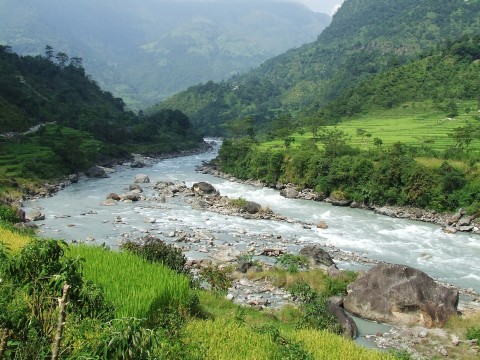
Enjoy the tranquil beauty of a river flowing through lush green lands, surrounded by rolling hills. A perfect blend of nature’s serenity and picturesque landscapes, ideal for peaceful retreats and nature lovers.
History of Annapurna I Expeditions
The first recorded ascent of Annapurna I was in 1950 by Maurice Herzog and Louis Lachenal of a French expedition. Their historic summit marked the first-ever successful ascent of an 8,000-meter peak, paving the way for modern Himalayan mountaineering.
Unlike Everest, which had been extensively surveyed, Annapurna’s climbing routes were largely unknown at the time. The French team initially planned to summit Dhaulagiri, but extreme difficulties forced them to shift their focus to Annapurna I instead. Their triumph was hard-earned, as both climbers suffered severe frostbite, resulting in multiple amputations.
Since then, Annapurna I expeditions have remained notoriously difficult, with shifting ice fields, avalanche risks, and unpredictable storms causing many failed attempts. Despite advances in gear and safety, the mountain still demands respect, skill, and extensive preparation.
Over the years, various expeditions have tried to reach the summit, with some achieving success and others facing tragic outcomes. Advances in climbing technology and techniques have improved safety somewhat, making ascents more feasible, but the mountain remains one of the most formidable peaks in the world. Modern climbers now benefit from better equipment and weather forecasting, yet Annapurna I still demands respect and thorough preparation due to its unpredictable nature and challenging environment.
Annapurna I continues to attract climbers from around the globe who are eager to test their limits and achieve something extraordinary. The mountain’s towering presence and rugged beauty serve as a constant reminder of the courage, determination, and adventurous spirit that define mountaineering. Its legacy is a testament to human resilience and the relentless pursuit of adventure amidst the highest peaks of the Himalayas. The history of Annapurna I is not just a story of climbing; it is an enduring symbol of the human drive to explore and conquer the world’s most challenging landscapes.
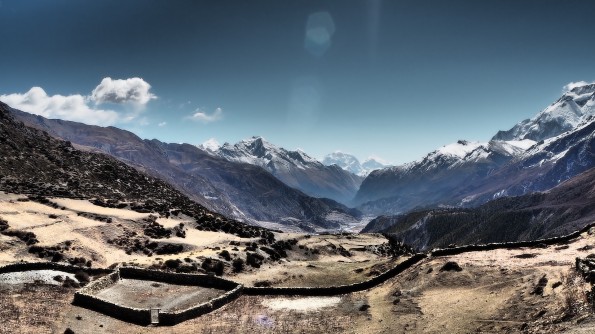
Annapurna I is a historic peak known for its challenging terrain and breathtaking views. A top trekking destination, it offers a thrilling adventure surrounded by stunning landscapes.
When is the Best Time for Annapurna I Expeditions?
The ideal time for an Annapurna I expedition is during spring (March-May) and autumn (September-November). These seasons offer
✅ Spring (March-May):
- Stable weather and moderate temperatures.
- Clear visibility for route navigation.
- Lower avalanche risk compared to winter.
✅ Autumn (September-November):
- Dry, stable conditions with crisp air.
- Best views of the surrounding peaks.
- Lower precipitation reduces avalanche hazards.
Avoid monsoon (June-August) and winter (December-February), as heavy snowfall, extreme cold, and high avalanche risks make climbing nearly impossible.
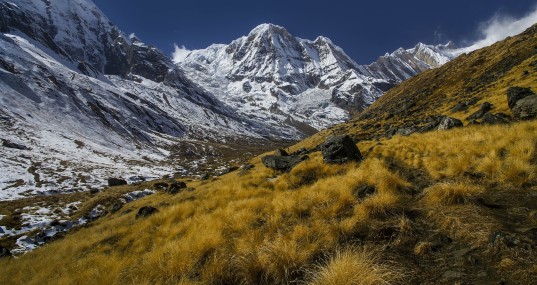
Explore the scenic Annapurna trek trails with towering mountains on one side and grassy slopes on the other. A perfect blend of rugged terrain and lush landscapes.
Annapurna I Climbing Routes
There are two main climbing routes on Annapurna I, each offering different levels of technical difficulty:
1. South Face Route (Most Difficult & Dangerous)
The South Face of Annapurna I is one of the toughest climbs in the world, featuring
- A 3,000-meter (9,800 ft) vertical rock wall.
- Unstable icefalls and serac collapses.
- High avalanche frequency.
- Complex technical rock and ice climbing.
This extremely difficult route demands elite-level mountaineering skills, including advanced ice climbing, high-altitude endurance, and extreme cold-weather navigation.
2. Northwest Ridge Route (Less Frequent)
This rarely climbed route presents:
- Severe rockfall danger.
- Steep, exposed ice sections.
- Extreme altitude challenges.
Only a handful of successful ascents have been recorded via this less-traveled path, making it a route for only the most seasoned Himalayan climbers.
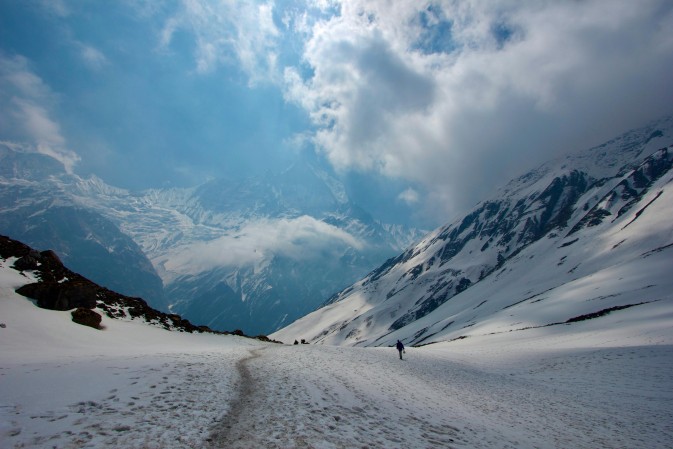
Embark on the breathtaking Annapurna trek through snowy routes, where stunning mountain views and serene landscapes await. A challenging yet rewarding adventure in the heart of the Himalayas.
Annapurna I Permits and Visa
To climb Annapurna I, you’ll need:
- Nepal Tourist Visa – Obtainable on arrival at Tribhuvan International Airport.
- Annapurna Conservation Area Permit (ACAP) – Required for all trekkers and climbers in the Annapurna region.
- Climbing Permit – Issued by the Nepal Mountaineering Association (NMA), with fees varying by season.
Pro Tip: Ensure you arrange permits well in advance through an authorized trekking agency.
Essential Gear for Annapurna I Climbing
Climbing Annapurna I requires specialized mountaineering equipment, including
- Technical Climbing Gear: Ice axes, crampons, fixed ropes, belay devices, carabiners, and ascenders.
- Cold-Weather Gear: -40°C sleeping bag, down suits, insulated gloves, and thermal layers.
- Expedition Tents & Cooking Gear: Lightweight, high-altitude tents, stoves, and backup oxygen supplies.
- First Aid & Survival Gear: High-altitude medicine, satellite phone, and avalanche beacons.
Given Annapurna I’s extreme conditions, having high-quality gear is non-negotiable for safety.
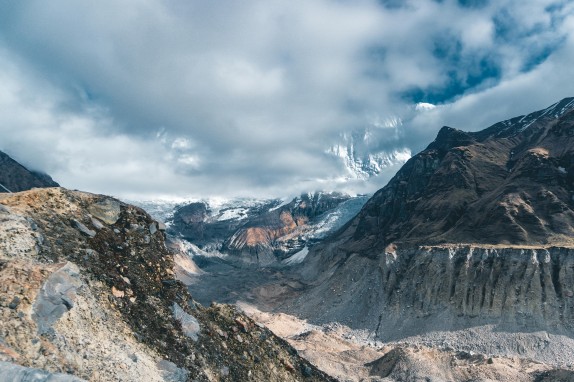
Discover the essential permits and visa requirements for trekking Annapurna I. Navigate the process easily while enjoying the stunning, cloudy mountain views along the way. Make your adventure seamless with our comprehensive guide.
Why Choose Vajra Adventure for Your Annapurna I Expedition?
At Vajra Adventure, we specialize in high-altitude climbing expeditions with a focus on:
- Expert Local Guides—Veteran climbers with in-depth Annapurna experience.
- Customized Expedition Planning – Tailored routes and logistics for ultimate success.
- Premium Safety Standards – Best equipment, weather forecasting, and emergency evacuation plans.
Conclusion: Annapurna I Adventure
Climbing Annapurna I is an elite-level expedition that demands advanced skills, technical expertise, and thorough preparation. The South Face is one of the most difficult climbs in the world, while the Northwest Ridge remains largely unexplored. With the right permits, equipment, and expert guidance, this iconic peak stands as the ultimate test for seasoned mountaineers.
Are you ready? Vajra Adventure is here to make your Annapurna I dream a reality.
Popular Packages of Annapurna Region
Recent Blog Posts
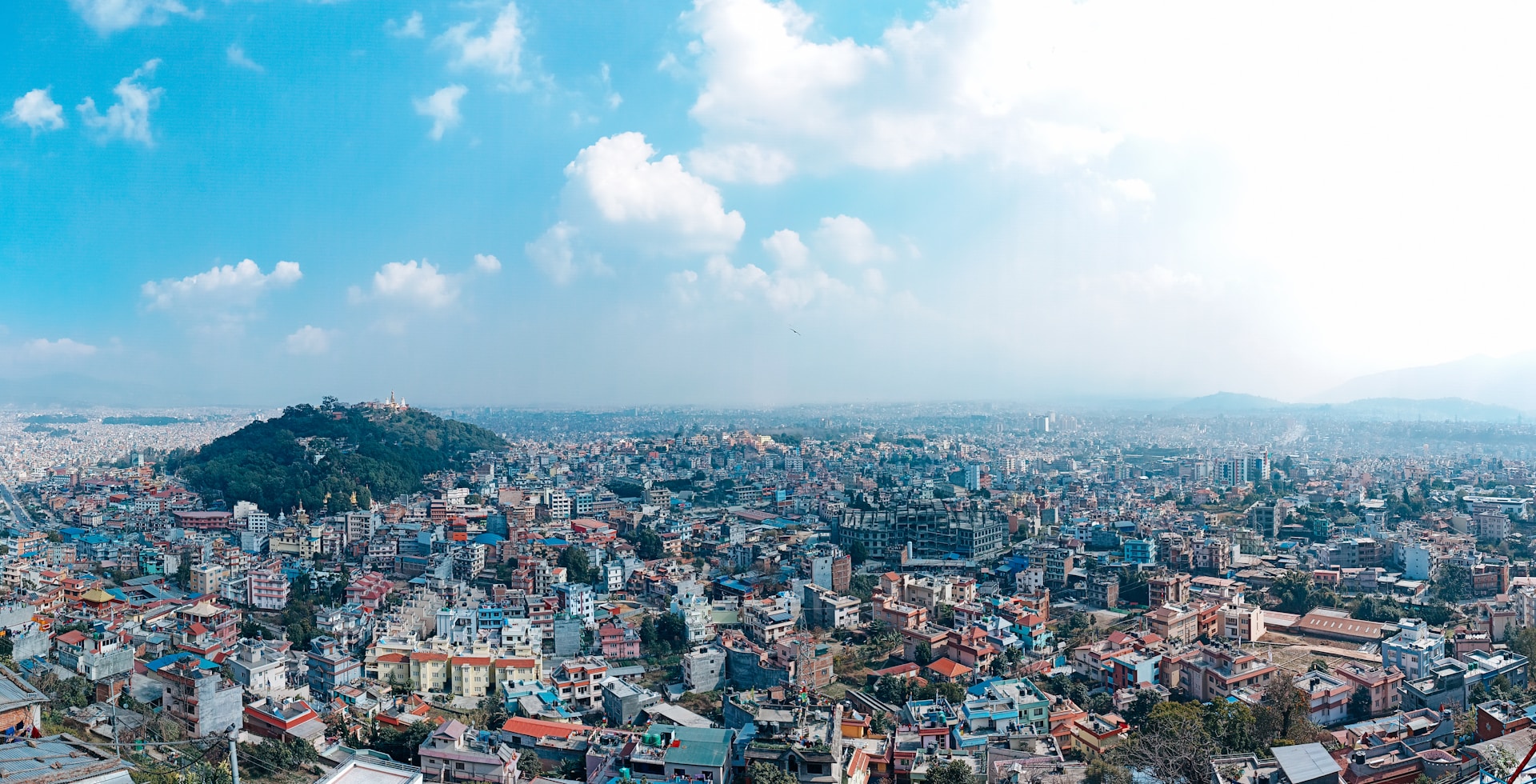
Kathmandu Valley: Exploring the Capital of Nepal
Jun 15, 2025
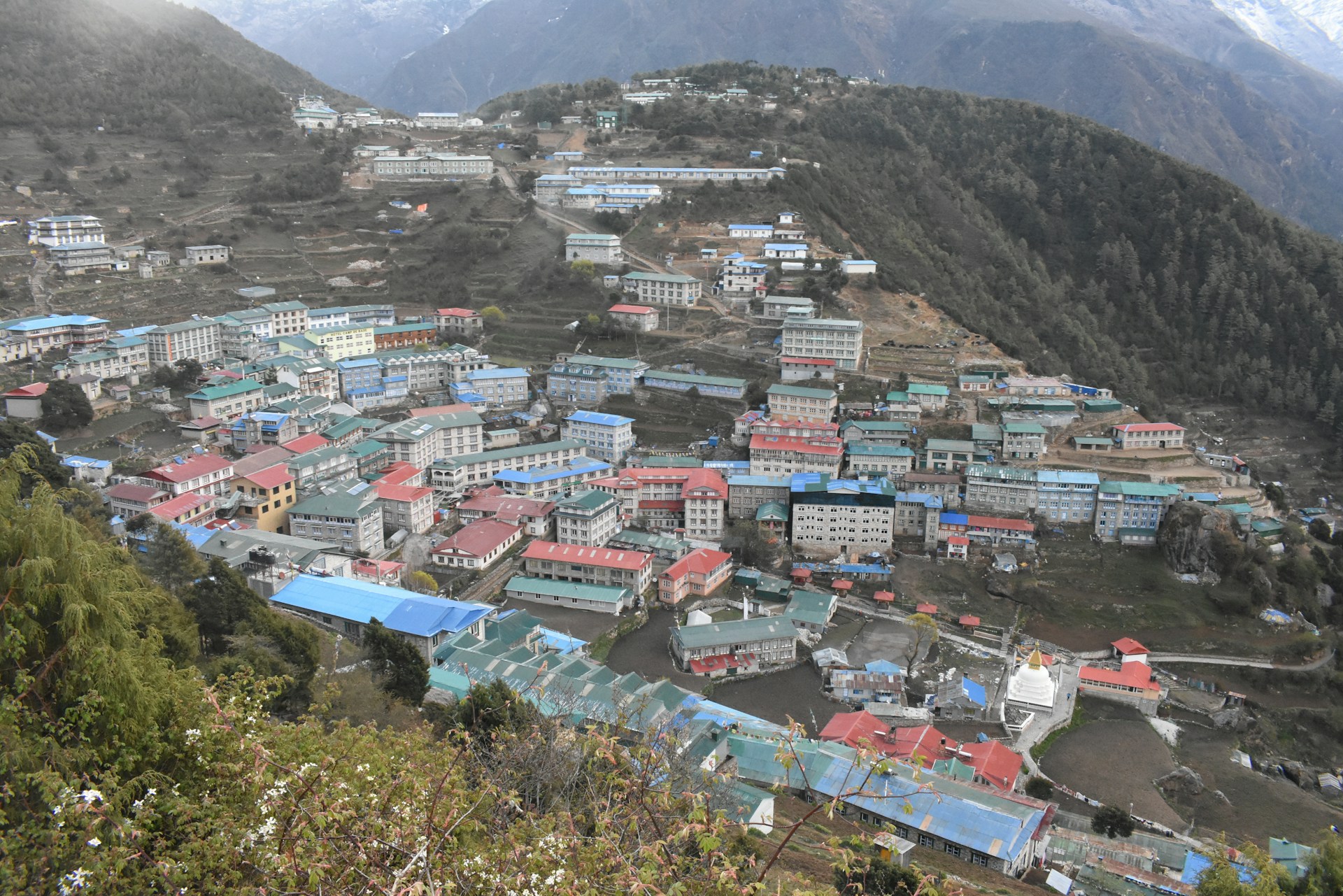
Namche Bazaar: What to Expect in the Sherpa Capital
May 20, 2025
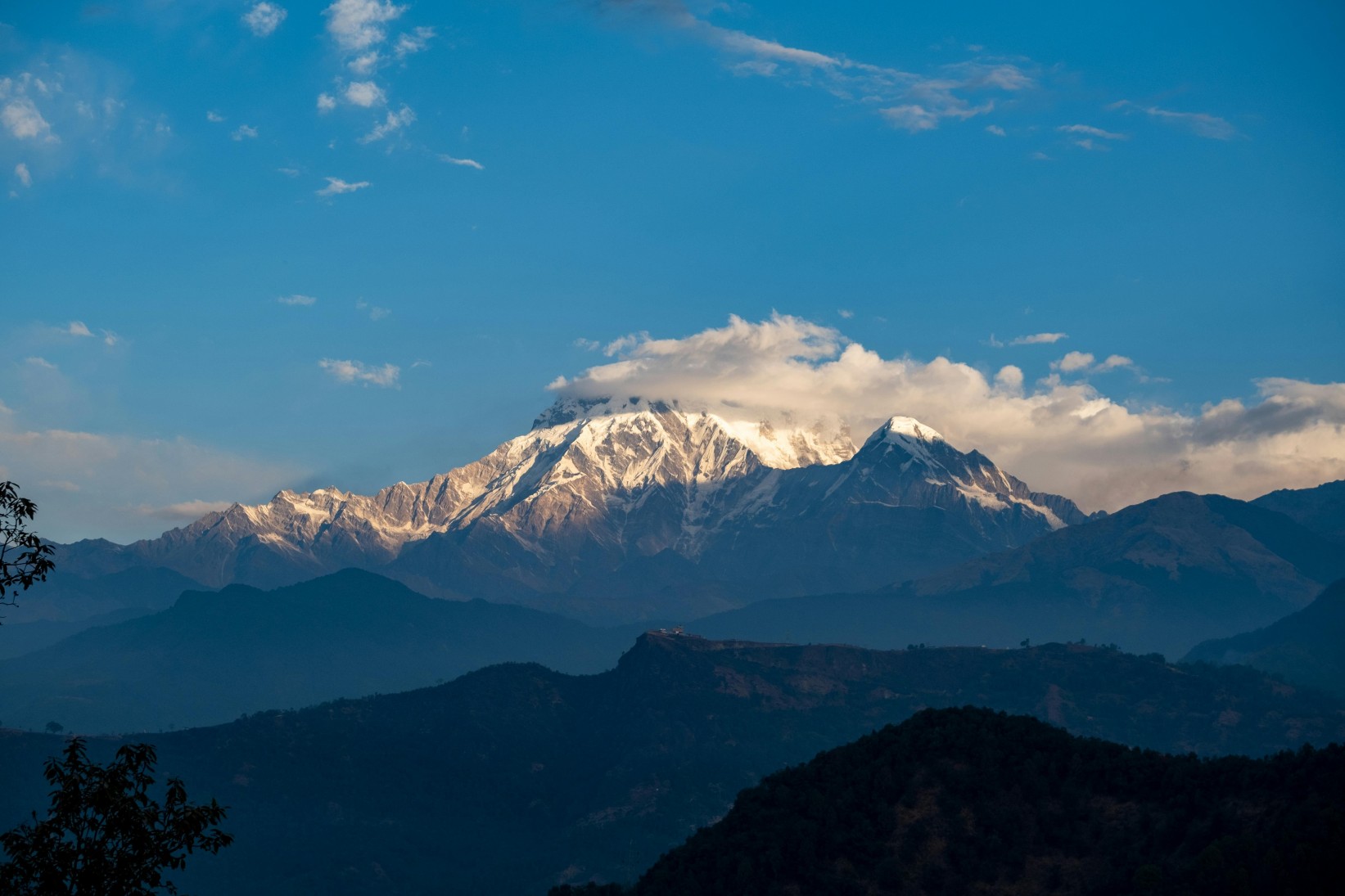
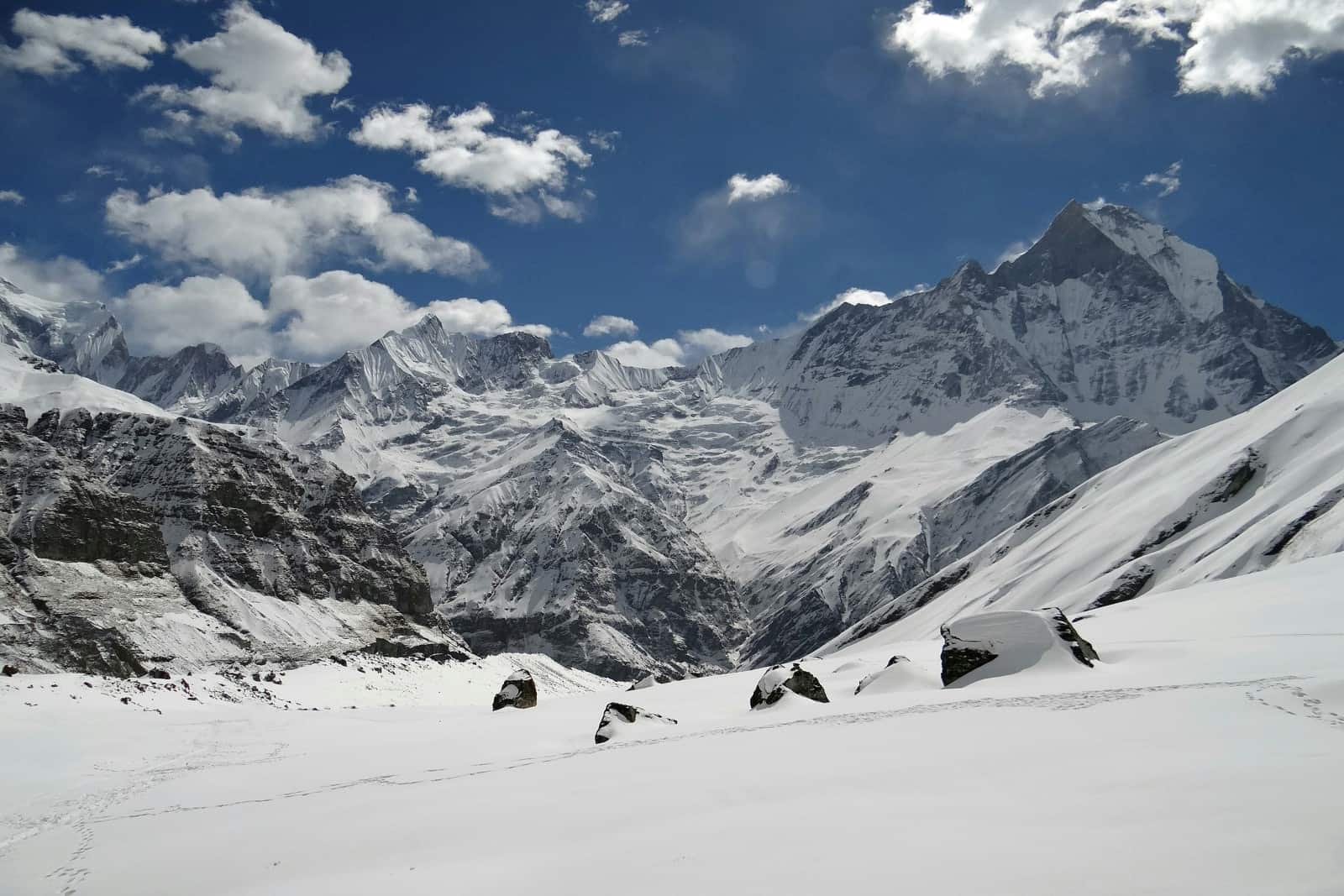

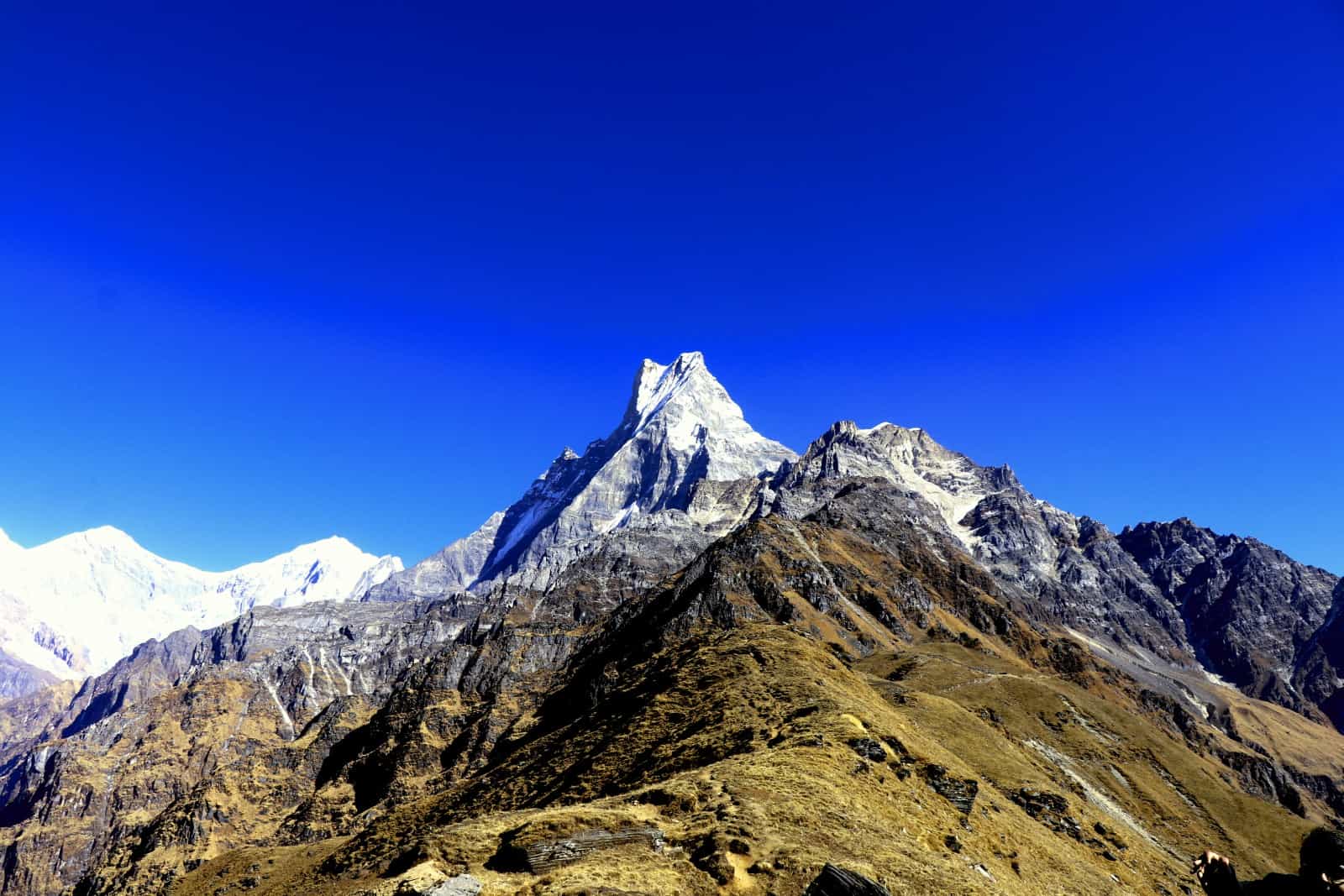
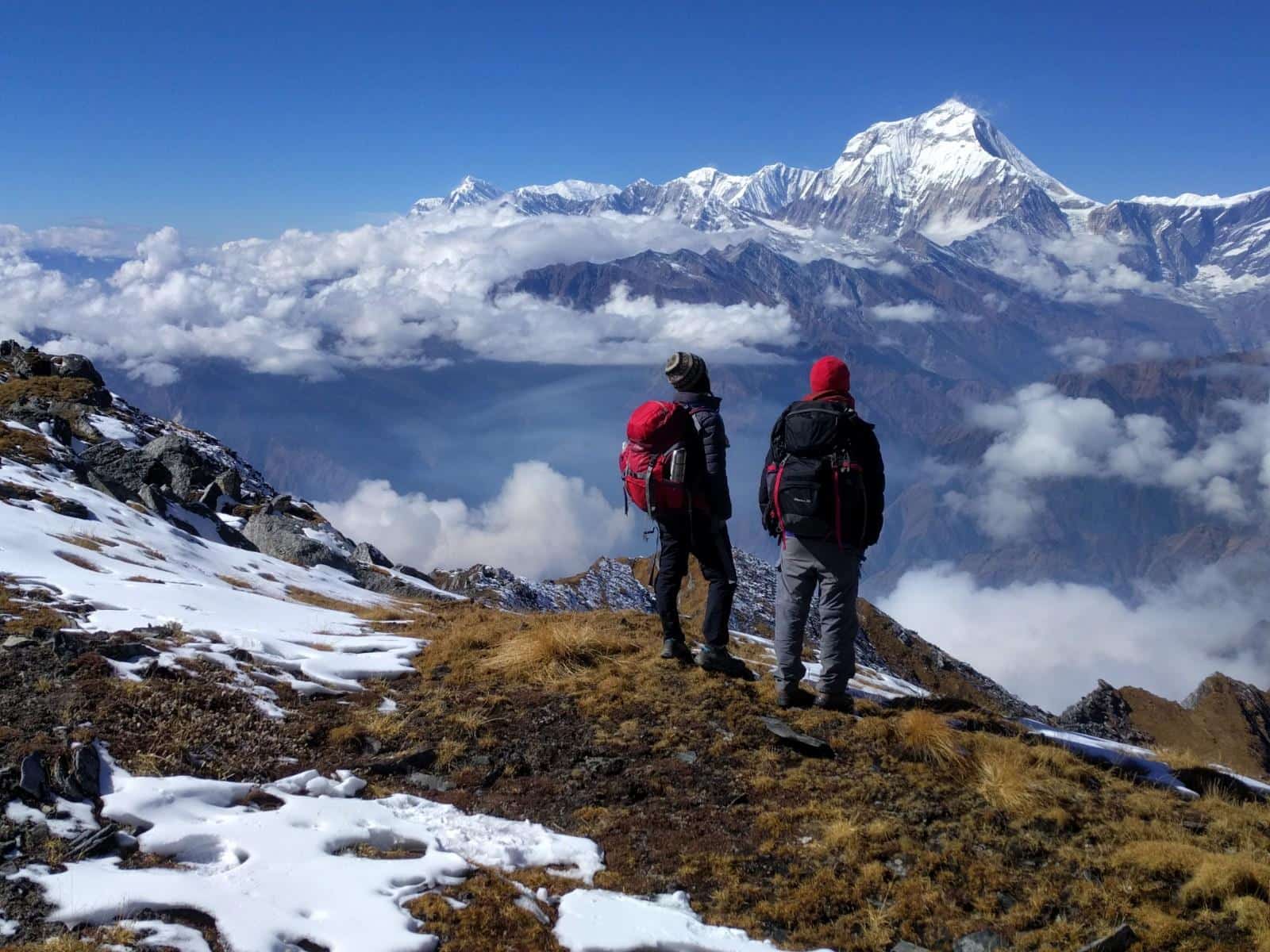
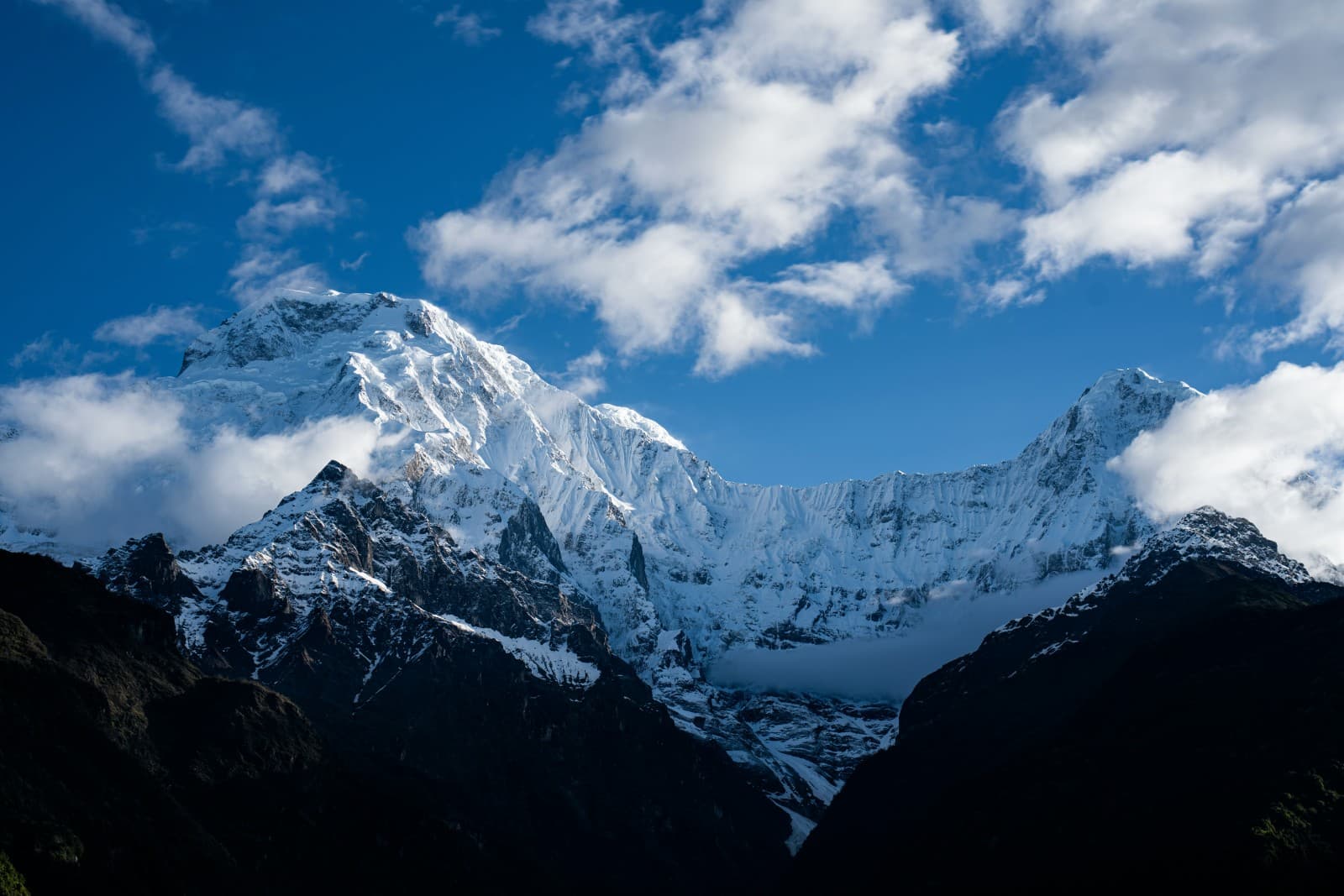
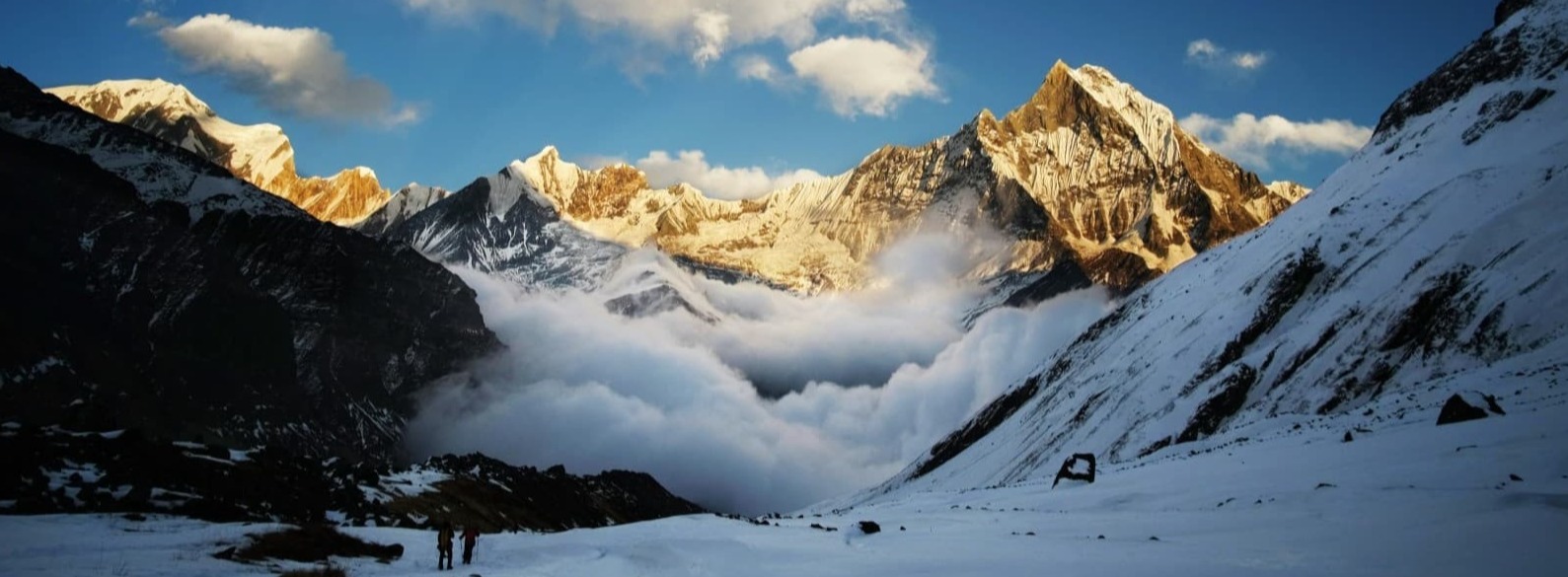
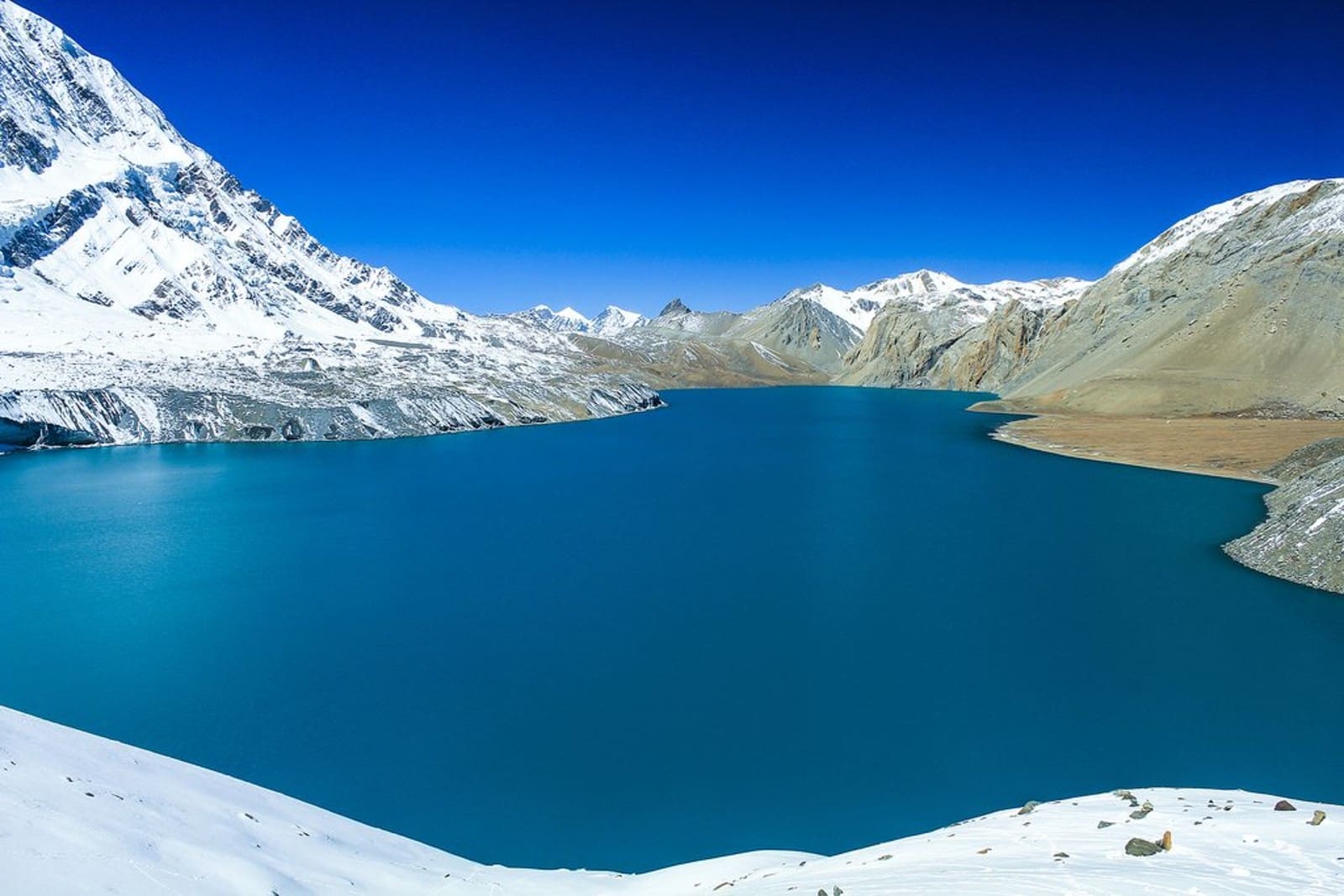
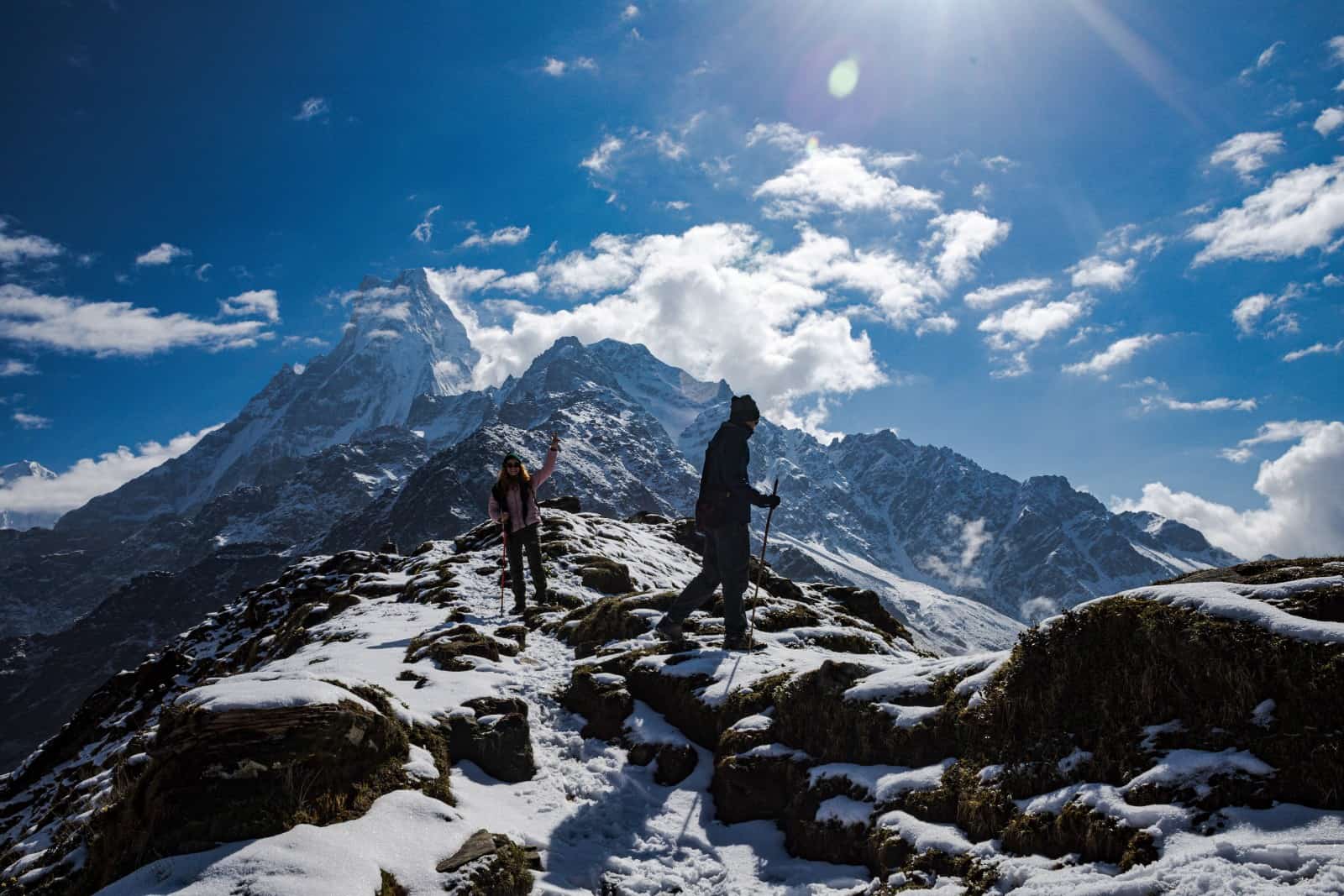
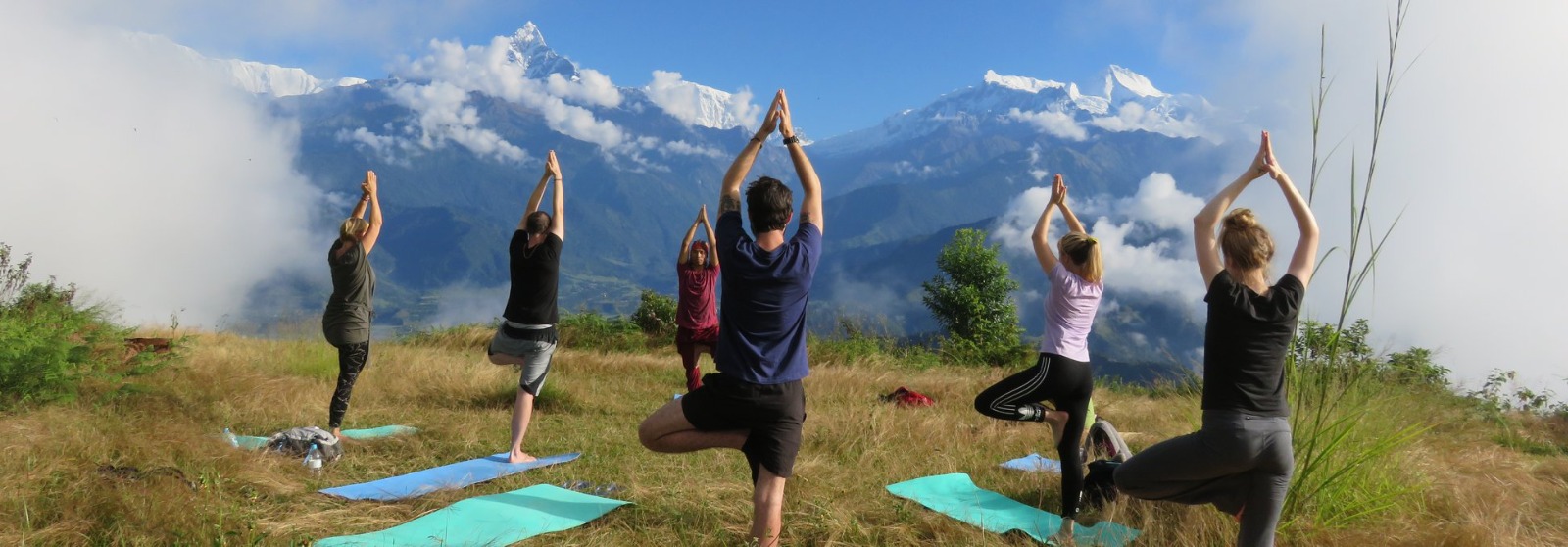
.jpg)

